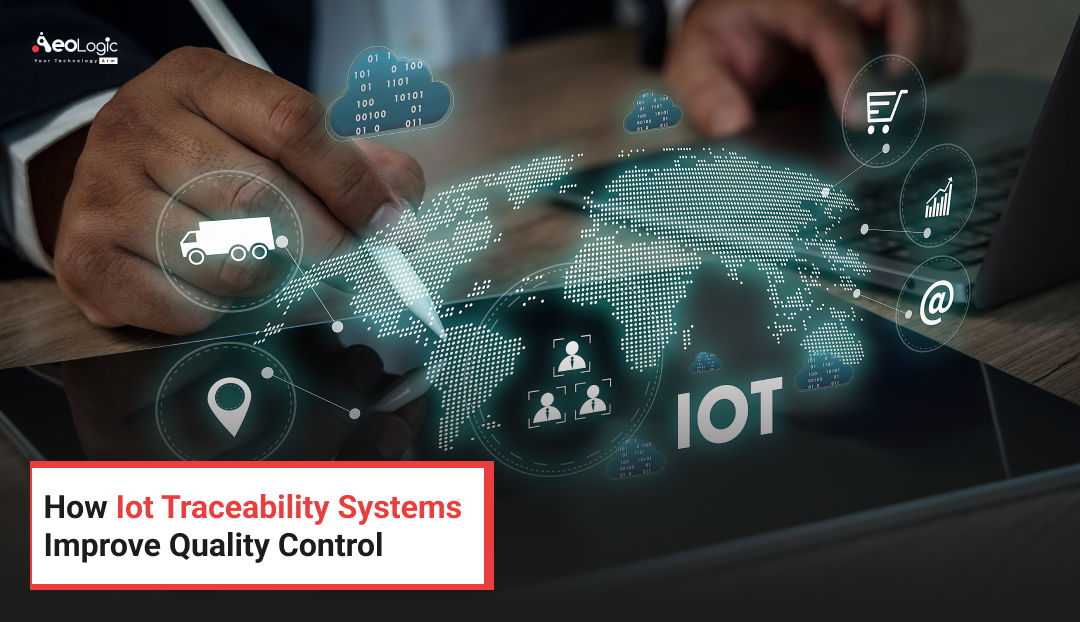Artificial intelligence is transforming the world in a variety of ways. We already know that it has an influence on all businesses, especially the retail industry. There have been several changes in technology and business models in the retailing sector. Customers are now welcoming technology with open arms and adopting it into their shopping experiences. So, in this blog, we’ll talk about the top 5 AI trends that are changing the face of retail, and it will help stores stand out in a crowded market.
We’ve all seen how much AI has grown in the last ten years. It’s now used in almost every industry. It has made a major impact, especially in the retail industry. Many retailers have already begun to use artificial intelligence to increase client retention and marketing ROI. Those who haven’t yet are rushing to join the AI bandwagon.
“According to Statista, the worldwide market for AI in retail will grow from 3 billion dollars in 2019.“
How will AI Impact Retail Trends?
For decades, traditional analytics have worked well for the retail industry. However, Artificial Intelligence (AI) has provided a brand-new level of data processing that delivers more insightful business insights. Data scientists could give business owners a lot of new options. For example, they are using hundreds of Ai – based Learning models to find outliers and correlations. According to a McKinsey analysis, companies that used AI had a 66 % increase in revenue in 2019.
Let’s begin!
5 AI Trends that Are Changing the Face of Retail
Trend #1 AI-Powered Chatbots

So, if you’re an online retailer, you probably know that responding to consumer inquiries quickly is essential in converting them. Chatbots can help you to do that. Hence, almost every online store uses AI-powered chatbots to provide fast customer support.
A chatbot is everywhere today. Whatever website you visit, a chatbot appears on your screen to ask you a few questions about yourself, your needs, and so on. This is where a chatbot comes in handy; it automates routine tasks. Some examples of task automation are making an appointment, answering questions, taking information, etc. It keeps customers engaged 24 hours a day. They don’t have to wait for a real person to answer their questions.
A simple chatbot can help automate small, everyday tasks. On the other hand, an AI chatbot can handle more complicated tasks. For example, addressing client questions, guiding them through solutions, and discussing company products with them. It assists the company in determining what its clients expect.
Also Read: How To Use Technology in Your In-Store Marketing Strategy?
Trend #2 Predictive Analytics

Every business nowadays has a vast quantity of data about its customers and goods. However, these data are stored in a storage system without being used. In the era of data, the predictive feature of AI is incredibly useful. AI can take over so that you don’t have to store a lot of data. It gives your analysts more work to do to make sense of it. The information gathered falls into three categories:
- Behavior,
- Action
- Product.
Companies can use big data to solve problems and come up with ways to deal with business problems. Predictive analytics solutions can increase sales, improve the customer experience, and make it easier to bring in new customers.
Trend #3 Visual Search

Visual search is like keyword search with pictures. Hence, people don’t have to think about how to look for something on Google. They just need to take a picture of it, upload it, and see what comes up. This AI-powered feature recognizes and matches items based on what the user is looking for.
Visual search looks for more than just related items; it also looks for other qualities. For example, color, shape, pattern, and many other aspects of an image. This makes it simple for clients to purchase without having to enter in and select several filters. So companies should start using image-based search in addition to word-based search.
One common example of visual search is Pinterest Lens. When you’re using the Pinterest app, you can take a picture of anything, and Pinterest will help you find similar items.
Trend #4 Augmented Reality

Augmented reality (AR) is one of the most exciting AI trends in retail and online shopping. Customers can check out products in 3D instead of just looking at pictures. It’s helping the brick-and-mortar store become fully online. Especially during the pandemic, this trend is likely to keep growing in popularity.
AR in retail is supposed to give you the most accurate answers to all of the questions. In this way, it promises to improve the digital experience for customers. In fact, 66% of customers said that 3D and AR would increase their trust in buying on a website with those features. However, 42% of them would be willing to pay more. As a result, many businesses are already paying attention to AR and implementing it into their social media marketing and other operations.
Trend #5 Brand Monitoring

Brand monitoring is another retail trend that will help you stay competitive. It allows you to keep track of your brand’s worth and reputation. You want to keep track of your company’s success, how customers feel about products if your prices meet client needs, and so on. To answer these questions, you’ll need a very large marketing team that will look at the data. This is not only time-consuming, but it’s also not scalable. As you grow, you collect more data, and more data means you need more resources to analyze it, which is not a good sign.
AI can help with this because it can read and understand large amounts of data and draw the right conclusions. That is, with very little or no work, it is also easily scalable. AI can help you in estimating the level of client satisfaction by recognizing positive and negative internet reviews. It’s excellent if your brand only receives positive feedback. When running a marketing campaign, you can use AI to measure how well it did. Algorithms may track brand awareness at a large scale and collect relevant data to assist you.
Also Read: How Technology Can Drive Transformation in Retail?
Wrapping Up
AI is cutting-edge technology. Many businesses, including retail, are already taking advantage of this technology. In fact, the retail industry has been one of the most common places to use AI. According to Mordor Intelligence, 40% of retail and consumer products companies have implemented AI. And in three years, this number will go up to more than 80%. The retail business is also increasing its investment in AI technologies.
Now you know that AI can be a game-changer for your retail business. So, if you want to grow your retail business, you must use this technology. And to keep going in this direction, you need to keep an eye on these new AI trends.
Hopefully, this blog helped you and gave you a better idea of AI trends that are changing the face of retail.
FAQ’s
What are some current technological trends?
Artificial Intelligence (AI) and Machine Learning, Robotic Process Automation, Edge Computing, Quantum Computing, Virtual Reality and Augmented Reality, Blockchain, Internet of Things (IoT), 5G.
E-commerce is often the first thing that comes to mind when retailers talk about how technology has changed shopping and retail. But technologies like AI, computer vision, and IoT have changed every part of shopping, from browsing to checking out.

I’m Deepika Pandey, an SEO strategist and content writer with 6+ years of experience. I create SEO-friendly content that drives traffic and engages readers. I combine data insights with creativity to help businesses grow their online presence effectively.







